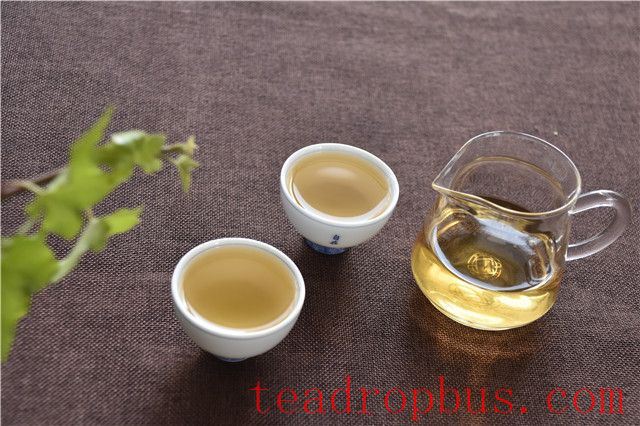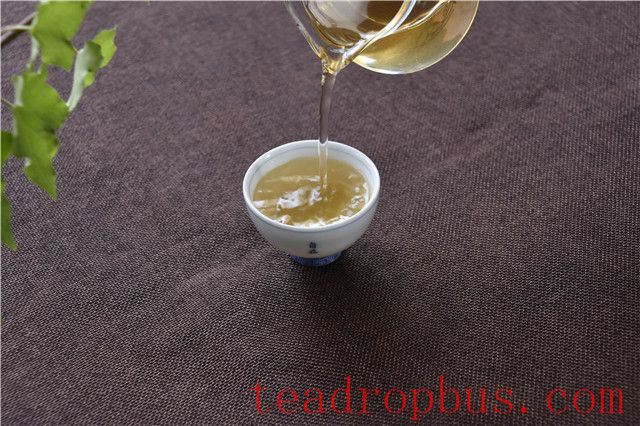Tea polyphenols have strong antioxidant and physiological activity, which helps in beautifying the skin. They are scavengers of free radicals in the human body. Tea polyphenols can lower total cholesterol and triglycerides in the blood, thereby reducing the risk of heart diseases such as coronary heart disease and myocardial infarction. Additionally, tea polyphenols have a distinct antibacterial effect, helping to inhibit and resist viruses and bacteria.

What are the functions of tea polyphenols?
1 Antioxidant
Tea polyphenols are also known as “antioxidant spirits,” possessing potent antioxidant properties that are many times stronger than Vitamin E. They can help the skin's lipids resist oxidation, thus preventing aging.
2 Skin Conditioning
This component can remove excess oil from the face, help the skin fight against bacteria, alleviate inflammation, and assist in relaxing the skin's nerves.

3 Combat Free Radicals
Free radicals are significant factors leading to human aging; they can prevent the harm caused by free radicals and eliminate harmful ones.
4 Moisturizing
It is a natural moisturizer because it contains numerous hydrophilic groups that can easily absorb moisture from the air, maintaining the skin's hydration levels.

Tea polyphenols are an important component of tea and one of its characteristic ingredients. They are the primary source of astringency in tea. As a natural antioxidant, tea polyphenols can scavenge free radicals and enhance the body's antioxidant capacity, allowing us to “preserve” ourselves and delay aging. The saying “It's not that you age too quickly, but that you don't drink enough tea” has some truth to it.